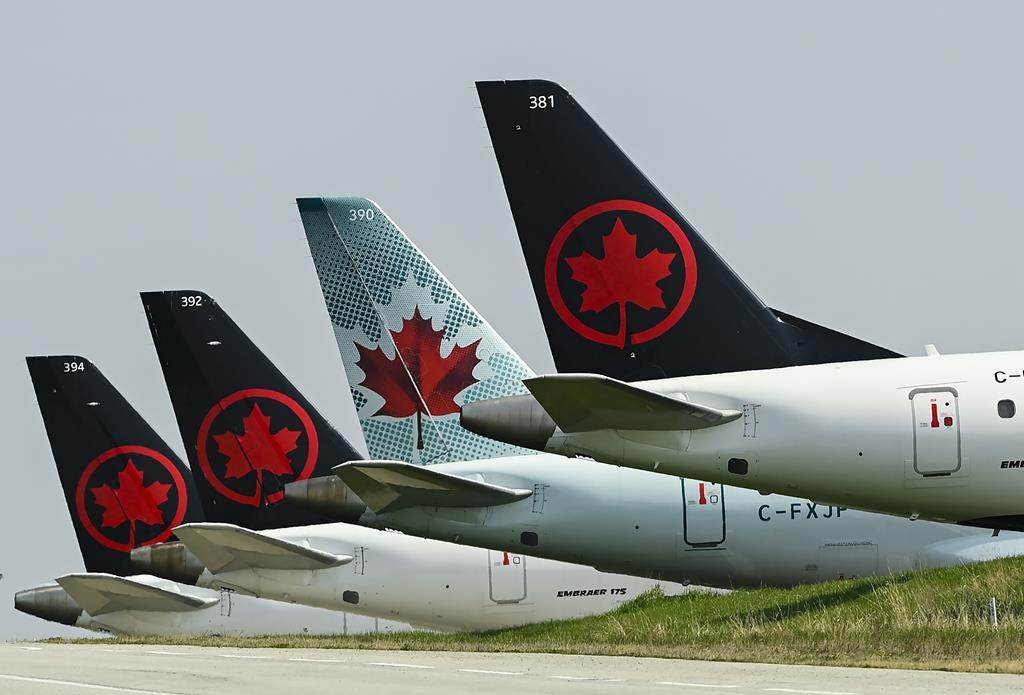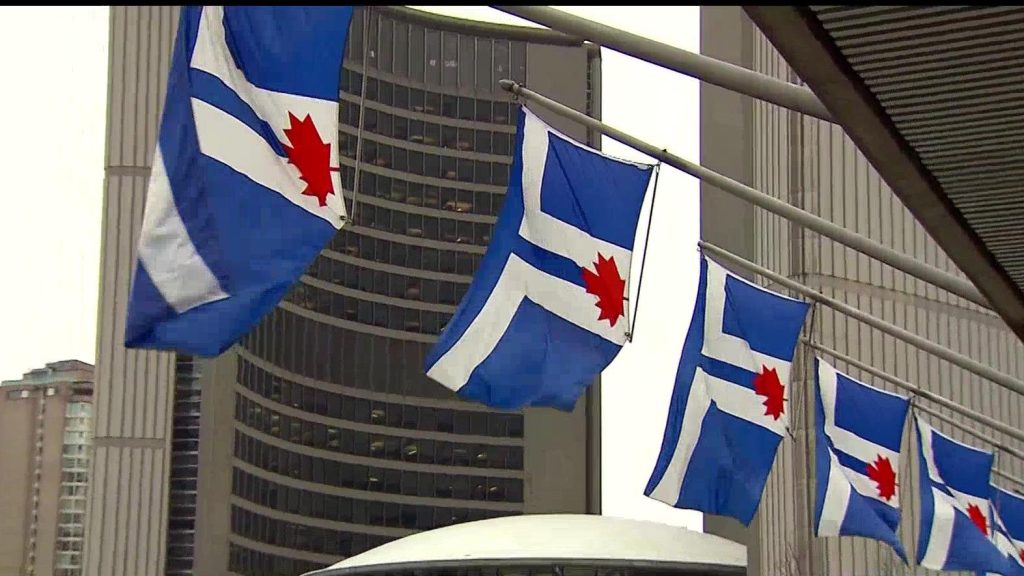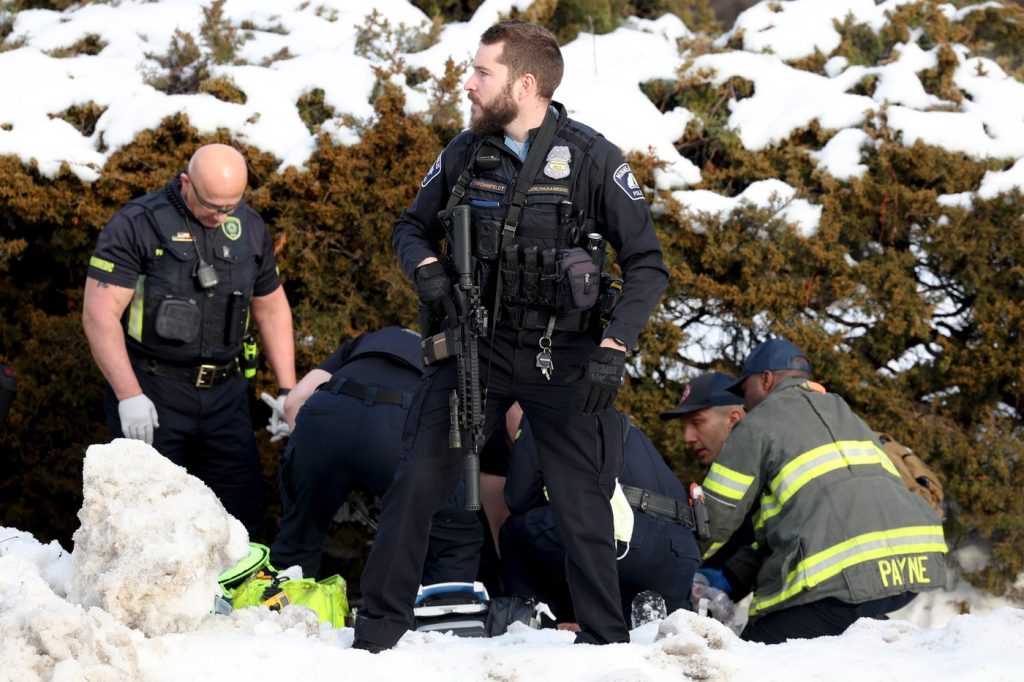‘Passed like a baton’: Advocates, Air Canada CEO clash on accessible travel

Posted March 19, 2024 1:59 pm.
Last Updated March 19, 2024 7:26 pm.
Advocates and Air Canada’s CEO served up opposing views of on-board accessibility for passengers on Tuesday, though both sides agree that consistency remains a problem.
Michael Rousseau, who heads Canada’s largest airline, told a House of Commons transport committee an overwhelming majority of the 1.3 million passengers who requested special assistance last year had a positive experience. About 1,950 — or 0.15 per cent — filed complaints.
“This is not to minimize the number of incidents nor the serious impacts the disruptions have on the individuals involved. But it is important context that indicates, first, we do a good job and, second, more importantly, we need and we will continue to get better,” Rousseau said.
“We have concluded the chief issue was inconsistency,” he added, citing training as the remedy.
Complaint statistics fail to reflect the travel experience of many people living with disabilities, who sometimes wait unassisted for hours or have to instruct employees on how to guide them, said disability rights advocate David Lepofsky.
“I personally have spent four hours parked at a gate waiting for a flight,” said Heather Walkus, who heads the Council of Canadians with Disabilities.
“No one’s come to see me. There’s no way to contact anyone. I’m having to go to the washroom. I can’t get something to eat,” she said.
“We’re moved like luggage from one end to the other.”
Rousseau acknowledged that the issues are “probably underreported.”
Lepofsky pushed back.
“To be able to say you’re doing a good job and these are the numbers is to be shockingly out of touch with our experience,” he told the transport committee.
“We heard from Air Canada today that … the problems are few or infrequent and that really all they need is more education or training for their staff. Every single one of those statements is wrong,” claimed Lepofsky, who heads the Accessibility for Ontarians with Disabilities Act Alliance.
“As a blind person, I dread entering Canadian airspace.”
Lepofsky called for an easily reachable hotline for travellers with disabilities at each airline, regulator-deployed “secret shoppers” who pose as passengers to assess customer service practices and curb-to-gate assistance by a single employee — rather than being “passed like a baton” by up to five workers.
Canada needs stricter rules and tougher enforcement to ensure consistency and accountability, the advocates said.
Multiple incidents surfaced at Canadian airlines over the past year, prompting the committee hearings.
A B.C. man with spastic cerebral palsy was forced to drag himself off of an Air Canada plane in Las Vegas. Canada’s chief accessibility officer Stephanie Cadieux arrived in Toronto to find the airline had left her wheelchair behind in Vancouver. Former Paralympian Sarah Morris-Probert hauled herself up WestJet aircraft stairs rather than being able to board using her wheelchair.
Under a three-year plan, Air Canada has pledged to roll out measures that range from establishing a customer accessibility director — now in place — to requiring annual training for its 10,000 front-line staff.
Earlier this year, the carrier formed an advisory committee made up of customers with disabilities and launched the “sunflower program” where a lanyard worn by travellers indicates to staff they may need assistance — the first airline in North America to do so.
It also now allows customers to track their checked mobility aids in real time with an app.
Rousseau said he was open to more transparent rules around reporting complaints, though he said that other aviation players should be included and any measures should be “non-punitive.”
In the United States, all complaints submitted to airlines are handed over to the federal regulator. “In Canada, we essentially have to take your word for it,” said NDP transport critic Taylor Bachrach.
Rousseau also said Air Canada is speaking with plane-making giants Boeing Co. and Airbus SE about redesigns to ease accessibility to washrooms, particularly on narrow-body planes.
“Washrooms are not designed for use by anybody who is not in perfect physical condition, and they are certainly not wheelchair-accessible,” said Liberal lawmaker Annie Koutrakis.
On Monday, the government announced a summit on air accessibility slated for May 9. But Lepofsky seemed to concur with Conservative committee member Dan Muys, who questioned the point of the gathering.
“A summit is a photo op,” Lepofsky said.
Advocates also called for stronger deterrence actions by the Canadian Transportation Agency.
Penalties against large airlines over disabilities violations occasionally top $100,000. Earlier this year, the agency fined Air Transat to the tune of $11,000 after it failed to quickly provide a suitable replacement for a passenger’s mobility aid that had been lost on arrival in Venice.
Airline owner Transat A.T. Inc. took in $3 billion in revenue last year. Air Canada made $21.8 billion.
“The regulator has failed to achieve the result that we are entitled to,” Lepofsky said.
The agency pointed to a steady increase in the number of enforcement actions taken over the past four years. Penalties for all breaches, including accessibility violations, against a range of transport companies amounted to $1.34 million over the past year, up from $54,000 in 2020-21.
The problems go beyond a single airline or regulator, as “gaping holes” in the Accessible Canada Act allow problems to persist in areas ranging from consultation to assistance protocols, said Walkus — despite a regulatory overhaul in 2020 brought on by that legislation.
This report by The Canadian Press was first published March 19, 2024.
Companies in this story: (TSX:AC, TXS:TRZ)
Christopher Reynolds, The Canadian Press








